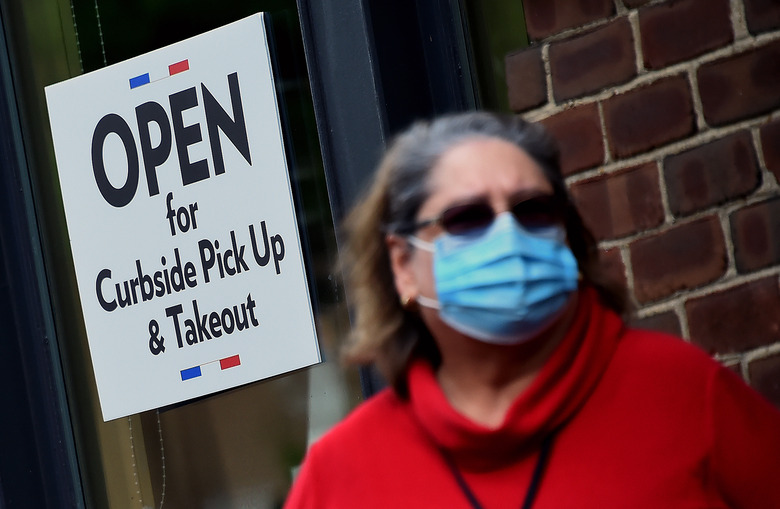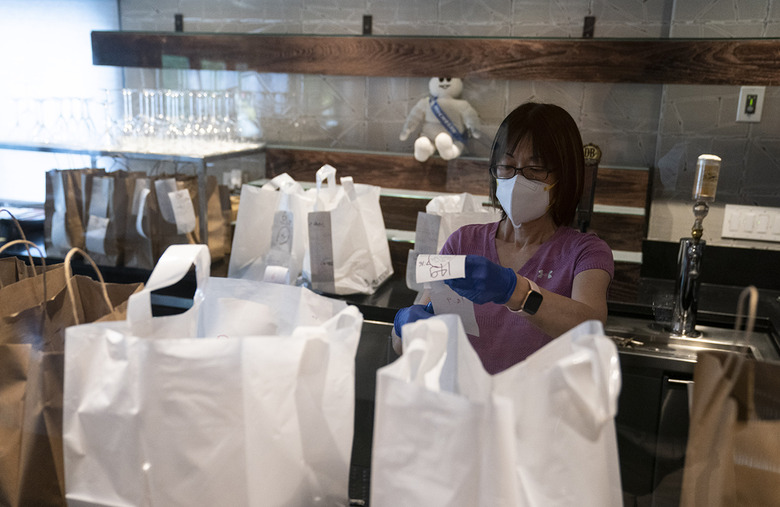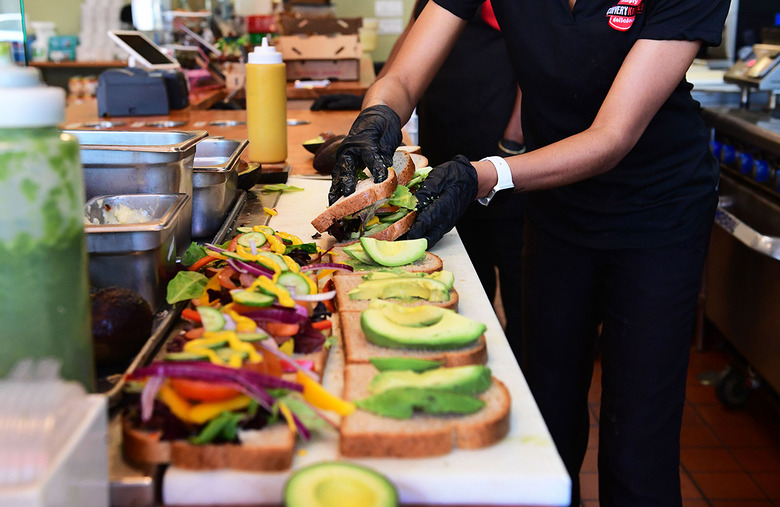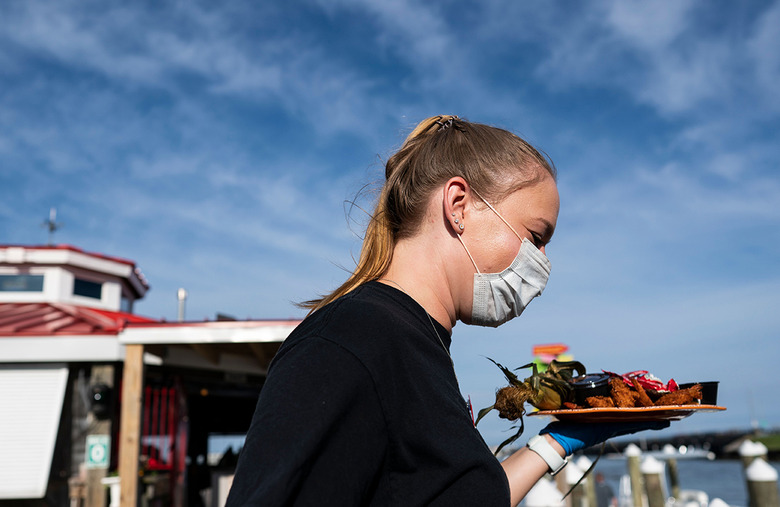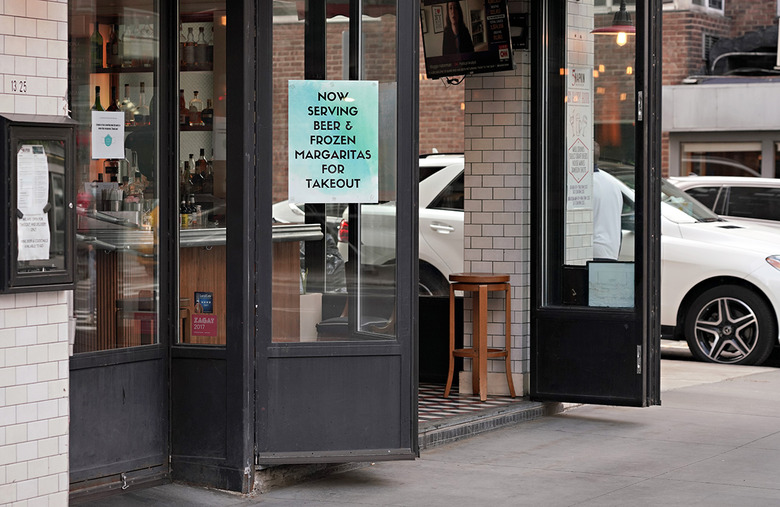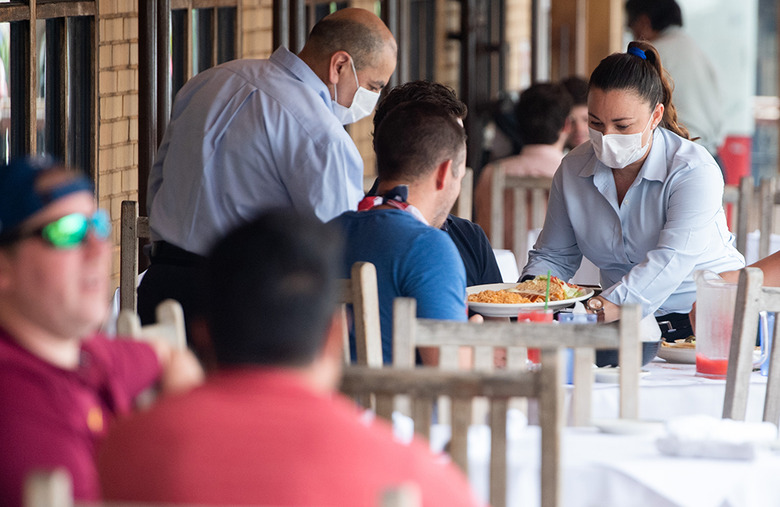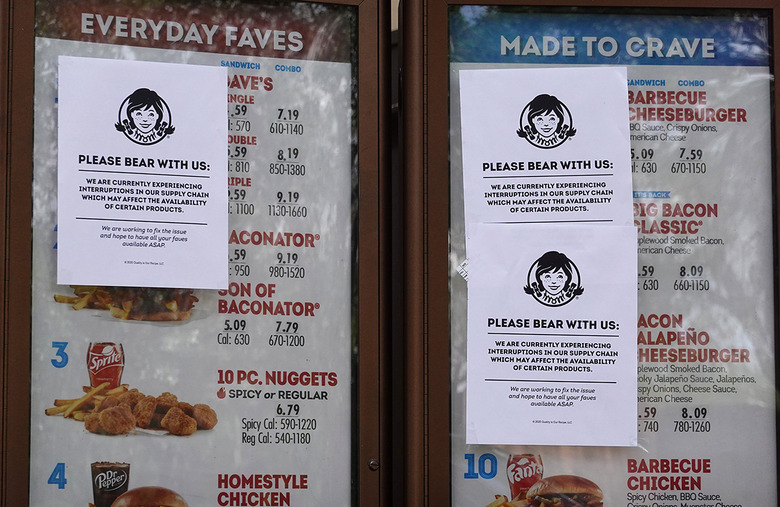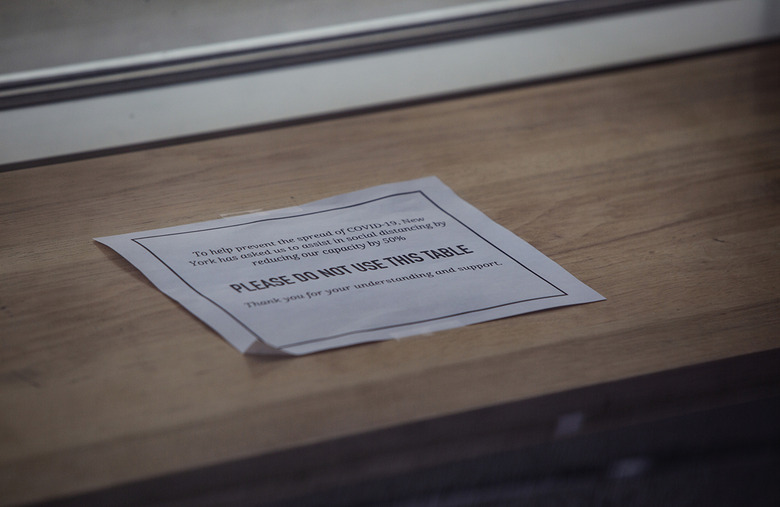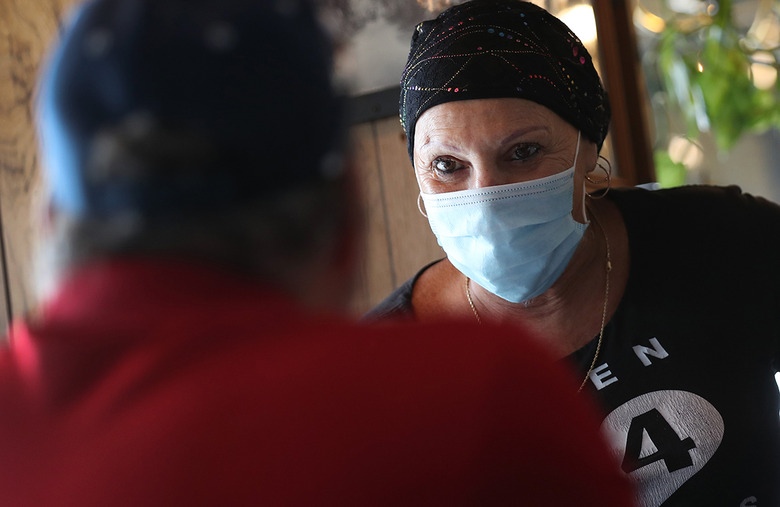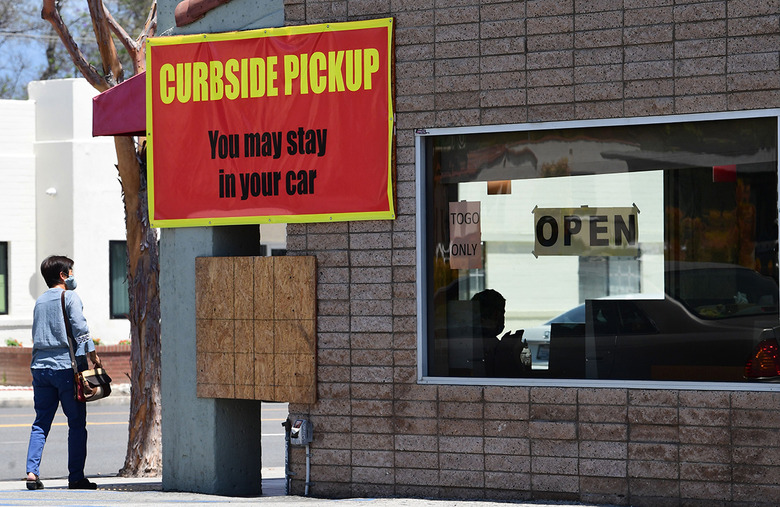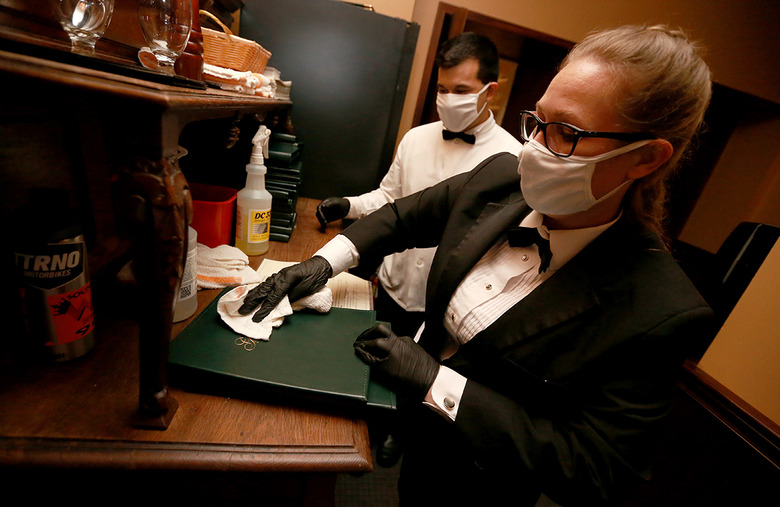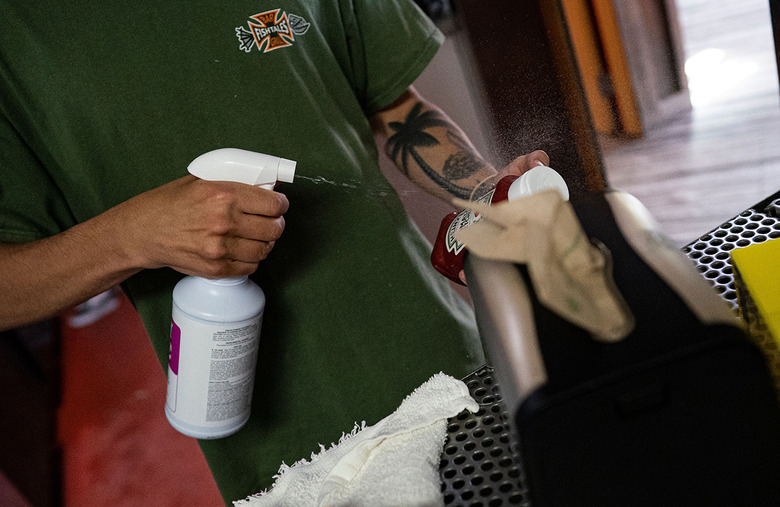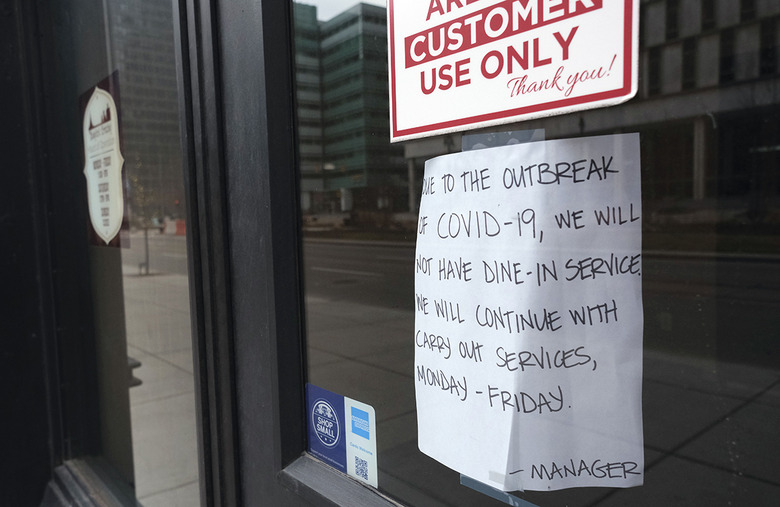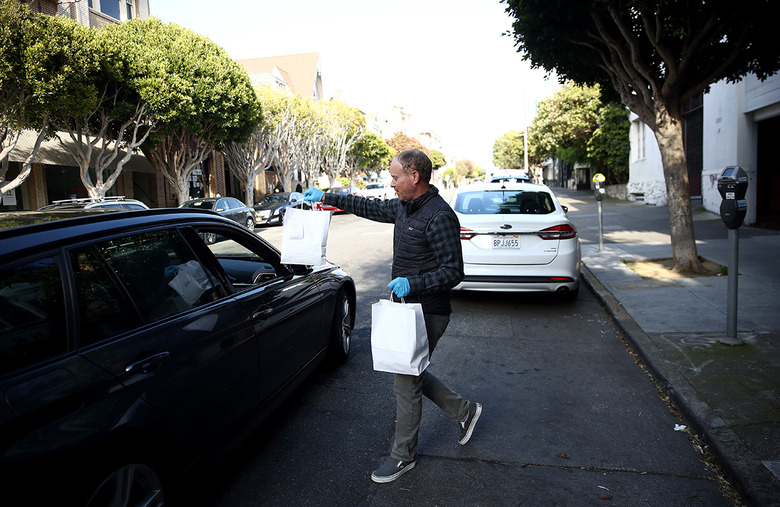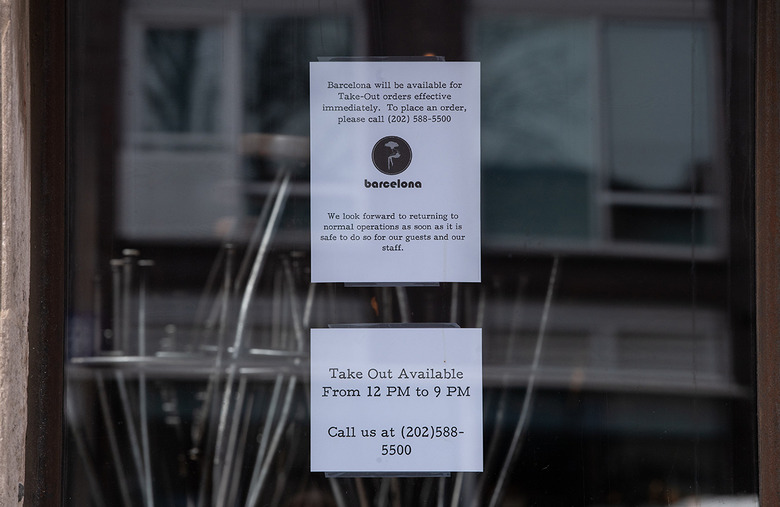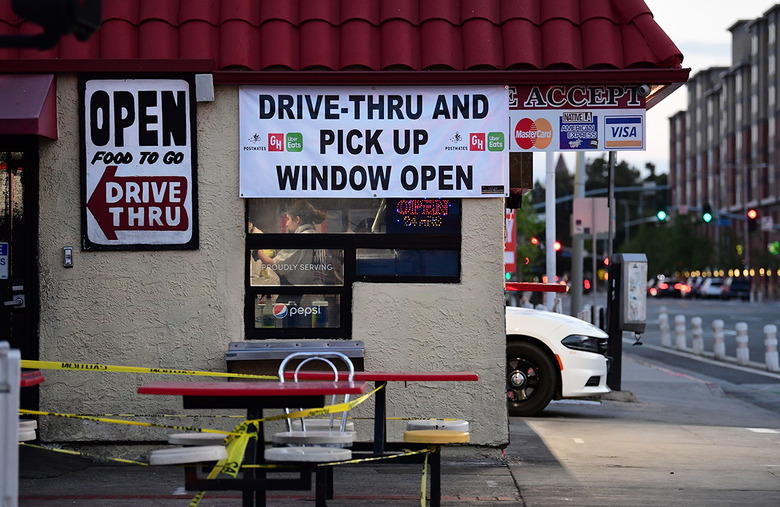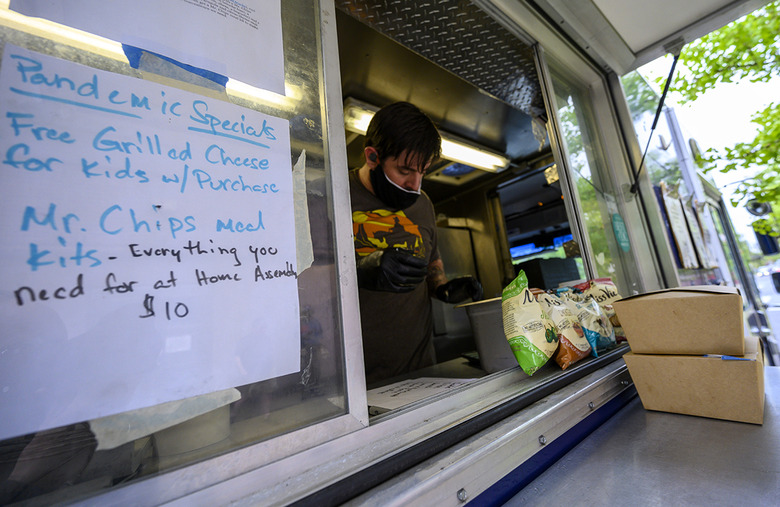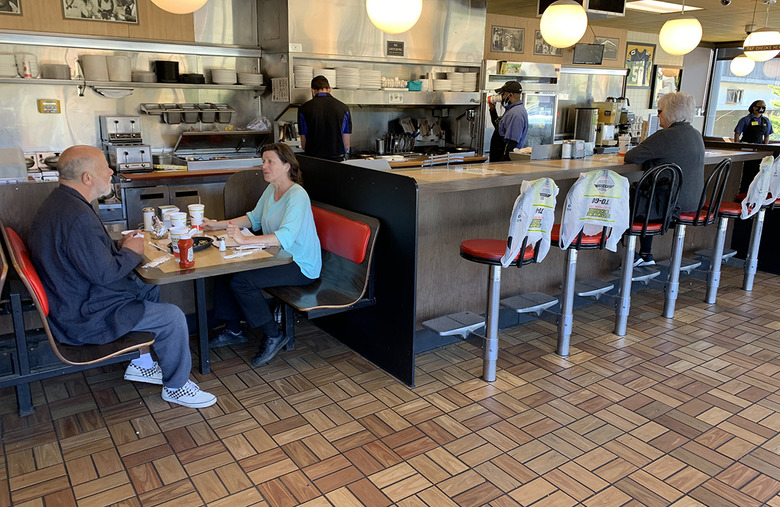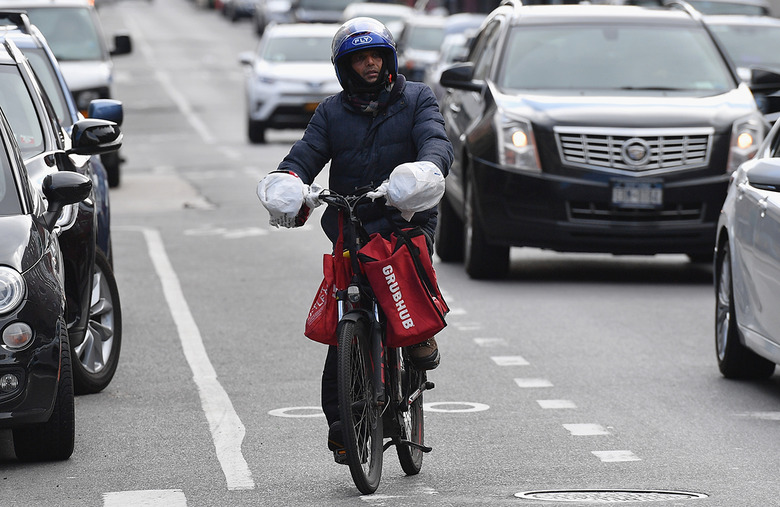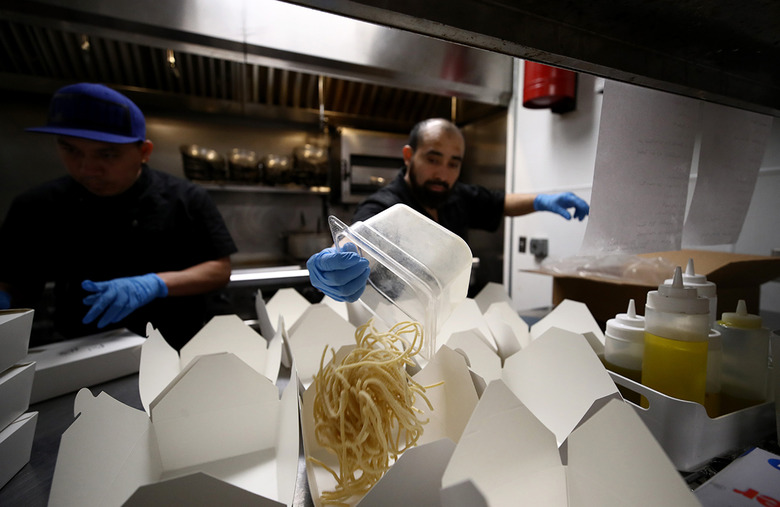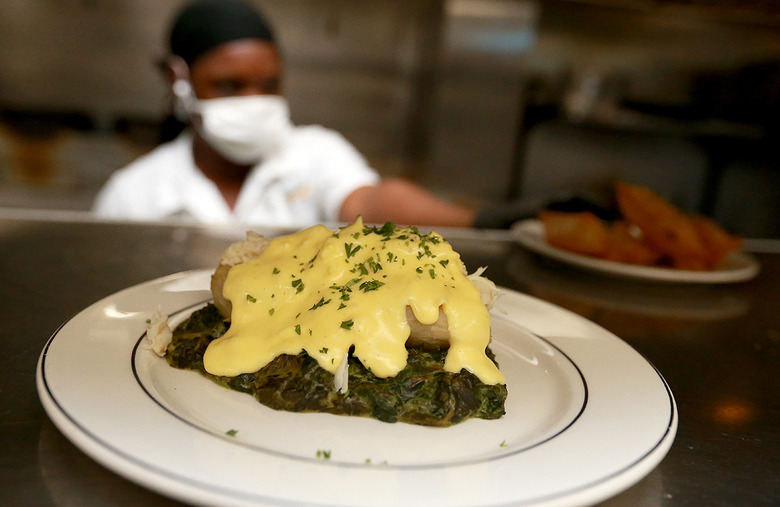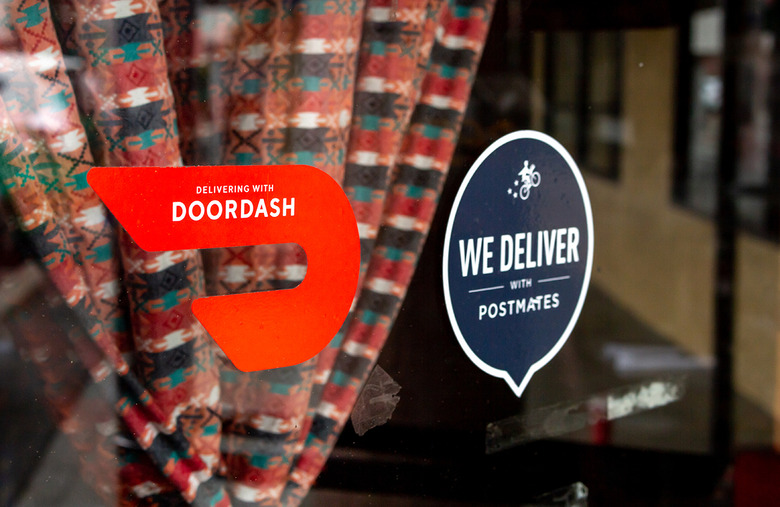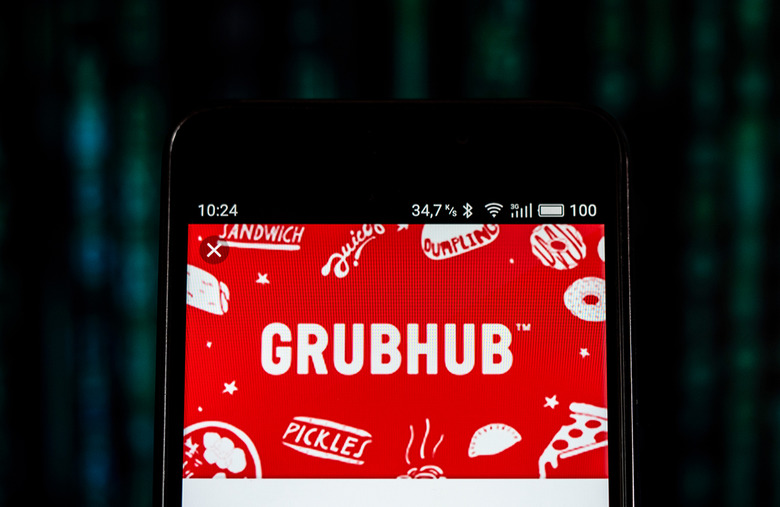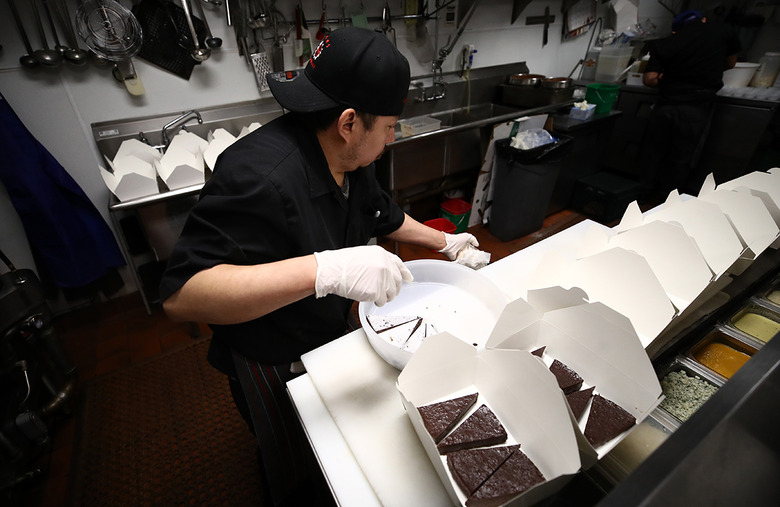How Coronavirus Changed Restaurants And Which Changes Might Stick Around
Throughout spring 2020, states across the U.S. have navigated various stages of coronavirus closure and reopening. As states reopen restaurants and chains resume dine-in services, restaurant operators are left to reflect on which changes worked and which changes didn't during coronavirus quarantine.
Datassential conducted a survey of 502 foodservice decision-makers from April 30 to May 5 on what changes they implemented during quarantine and which ones they intend to keep once restrictions are lifted. Here are the most common changes and the ones that might stick around.
Most common menu changes
Restaurant operators surveyed by Datassential have overwhelmingly observed an increase in takeout orders during the pandemic. Yet, for 80% of respondents, these increases have not been enough to offset dine-in losses. As restaurant operators adjusted in real time, they made necessary additions and cuts to their menu offerings. The following are the nine most common, ranked from least to most popular.
Multi-day meal options
Meal planning can be one beast of a to-do task. Meal-prep hacks can only go so far. Six percent of surveyed restaurant operators reported offering new multi-day meal options for consumers as part of their coronavirus response.
Healthy meals
Perhaps to compensate for all the homemade bread people were baking to stay busy at home, 9% of restaurant operators increased their healthy menu items during the pandemic.
Indulgent food
Conversely, 14% of operators upped their guilty pleasure offerings. This comes as no surprise given how french fries and indulgent foods reign supreme over America's favorite takeout.
Full meal bundles
Sides and drinks for all. Sixteen percent of survey respondents added full meal bundles to their menu offerings throughout quarantine.
Refrigerated or frozen ‘take and bake’ items
Sixteen percent of operators surveyed also added refrigerated or "take and bake" offerings to their menus. For the first time at many establishments, customers could bring restaurant favorites home with meal kits.
Price discounts, coupons or meal deals
Unemployment rates hit record highs during the first weeks of the coronavirus crisis. In some states, claims were up over 4,000%. Of the restaurant operators surveyed, 19% said they added price discounts, coupons or meal deals to their menu during this financially trying time.
Comfort foods
Not just financially trying but mentally taxing, the pandemic makes for prime comfort food eating. Accordingly, 21% of operators expanded their comfort food selections.
Large, family- or bulk-size options
Cooking fun recipes with your children is something every parent should do. However nice in theory, cooking with the kids can quickly turn to chaos. To ease parents' plight and wallet, 22% of restaurants added large, family- or bulk-size options.
Narrowed or limited menu offerings
Finally, instead of adding to their menu, half of food establishment operators made the necessary decision to narrow or limit their menu.
Most common operational changes
Along with menu changes, restaurant operators have made updates to operational procedures during the pandemic. With statewide stay-at-home orders lasting weeks and social distancing practices still inhibiting full service, food establishments have learned ways to keep staff safe and serve customers responsibly. Here are the nine most common changes from least to most popular.
Added online ordering and/or pre-pay functionality
To stop the spread of the virus, 24% of restaurant operators surveyed added online ordering and or prepay functions to their establishments.
Signed on to new third-party delivery services
In March and April, popular chains like McDonald's, KFC and others announced partnerships with delivery businesses like Grubhub and DoorDash to waive delivery fees. In all, 27% of respondents report having signed up their restaurant for new third-party delivery services.
Directly contacted customers with updates
Given the ever-evolving nature of the pandemic, 28% of operators have begun contacting customers directly with updates and policy changes.
Offered contactless delivery
Even for businesses that already offered delivery, the coronavirus has ushered 37% of respondents into a new era of contactless delivery. Don't forget to properly tip the delivery driver 20% of the bill or $5, whichever is higher.
Shuffled staff
Thirty-seven percent of restaurant operators have shuffled or repurposed their staff, turning bussers into delivery drivers and servers into curbside pickup assistants.
Updated food safety procedures
Sixty-two percent of surveyed restaurant operators updated their food safety procedures during the coronavirus pandemic. Take a note from the pros and up your food safety game starting with defrosting food right.
Closed off seating and dine-in service
In accordance with government regulations, 63% of restaurants closed seating or shut down dine-in entirely during the early months of the pandemic. Since restaurants have reopened, food establishments have found many crafty ways to promote social distancing.
Added curbside pickup
Curbside pickup has become a happy medium between delivery and dine-in during the pandemic. Since the outbreak's start, 66% of respondents have added curbside pickup to their restaurant's services.
Reduced hours of operation
The most popular operational change among restaurant operators is reduced hours, with 68% surveyed saying they've done so during the pandemic.
What changes might stick around after the coronavirus pandemic?
Restaurants will look different at all stages of reopening. Some of the common menu and operational changes restaurants made during the pandemic may stick around after restrictions are lifted. These are the nine changes most likely to stay.
Curbside pickup
Fifty-three percent of respondents view new curbside pickup services as effective now and potentially effective in the future, post-pandemic.
Price discounts, coupons and meal deals
Happy couponing. Fifty-six percent of respondents see presently effective price discounts and other deals as potentially effective in the future.
Healthy meals
Just as many respondents, 56%, see newly added healthy menu offerings as potentially long-lasting. When eating at home, be sure to incorporate heart-healthy foods and avoid foods that present themselves as healthy, but really aren't.
Contactless delivery
Expect contactless delivery to continue after the coronavirus pandemic. Fifty-seven percent of survey respondents view the new delivery safety measures as effective now and say they will continue in the future.
Comfort foods
Long live mac and cheese, grilled cheese and all the best comfort foods. Fifty-nine percent of operators expect new comfort food menu additions to stick around after the outbreak.
Indulgent foods
Indulgent foods are also here for the long haul. Sixty percent of survey respondents expect to keep new indulgent offerings on the menu.
Large, family- or bulk-size options
Large, family- or bulk-sized meal options may also be here to stay. According to the survey, 65% of operators expect these offerings to continue post-COVID.
Third-party delivery services
Seventy-nine percent of operators surveyed expect to continue delivery services through third-party groups following the pandemic.
Online ordering and pre-pay
One of many small changes already underway in reopened restaurants, online ordering and pre-pay are expected to stick around. Eighty-one percent of operators view the measures as currently effective and believe they will continue.
Updated food safety procedures
Lastly, 92% of food establishments expect updated food safety procedures to continue long after the pandemic. And if you plan on dining out after restrictions are lifted, there are many ways eating in a restaurant will look different too
More From The Daily Meal
Coronavirus Coffee Trends During Quarantine
Coronavirus and Restaurants: Notable Establishments That Have Permanently Closed
Popular Coronavirus Quarantine Cocktails By State
DIY Garden Ideas, Craft Ideas and More Top Pinterest Searches During Coronavirus Pandemic
Coronavirus Grocery Shopping Tips for Making the Most of Your Trip
